Here's how this week's lessons can help you address DCIs.  If you want to expose students to specific Next Generation Science Standards (NGSS) Disciplinary Core Ideas (DCIs), pick and choose areas of greatest student need and frame classroom conversations accordingly. Click on any of the colored NGSS codes below to go to the NGSS website for a deeper look at each standard. This week's lessons can help you address the following topics. Day 5: What's Eating You? This game-based lesson provides a great opportunity to address the following kindergarten and second grade standards. Take time to discuss the relationships during and after game play. The game is essentially creating a simplified, but dynamic model.
Day 6: Tiger Tracks Depending on the variations you choose and the way you frame discussion, this lesson provides a pathway to exploring either of these second grade DCIs.
0 Comments
Literacy tips for this week's comic!This week Data Dog uses his Photon Collar to make a hard light copy and brings something amazing back to the house! What would your students bring to class if they had a Photon Collar? I wish I could hear THAT discussion! 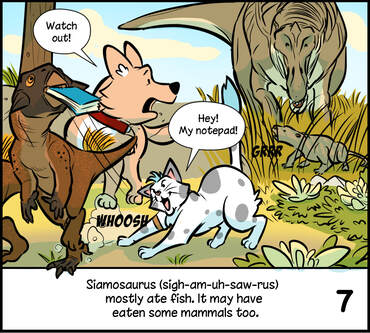 PreK: Focus on feelings!
Kindergarten: Focus on medial sounds.
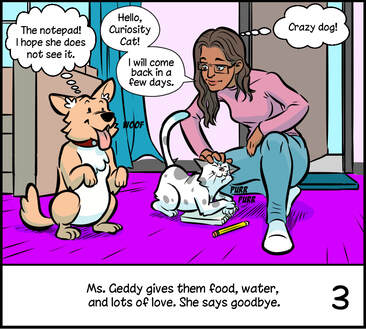 Grades 1 and 2: Focus on multiple modalities.
Low Tech meets High Tech!
I love, love, LOVE using play dough in combination with 3D printing. Both reinforce learning in three dimensions but in such different ways!
The importance of games and dramatic play!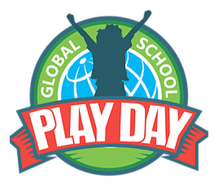 Nearly 100 years ago, Lev Vygotsky wrote about the importance of play. We've long known that play is an essential component in healthy child development. Yet, too often, I hear about schools that are eliminating recess or removing dramatic play props from kindergarten rooms. In 2015 my edu-pal, Scott Bedley, helped launch Global School Play Day to shine a light on the importance of play.. That year over 65,000 students participated. Last year, that number had grown to over a half million and this year, they hope to have a million kids participating on February 5th 2020! Check out their website for more info and to get involved!
What should we do?We have the opportunity to go visit an elephant sanctuary! We've listed some basic pros and cons on a T chart to discuss with your students, but thought you might like a bit more background information. Elephants were once widely used for farming and forestry work in Thailand, but increasingly people are using mechanized means (tractors) to do this work. This means domestic elephants are not needed.
Vote: Should we look for tigers at night?
Banteng and elephant, and water buffalo! Oh my!We've added a few new files to the 3D printed wonders collection for Mission: Tigers! We found a cool collection of realistic, life-size animal sculptures and Curtis was able to scan them. Just like the tiger we shared last week, these files seem to print best with linear supports. We recommend using a raft when printing the banteng. The models look a bit angular in our slicer, but printed smoothly.
Here's how this week's lessons can help you address DCIs.  If you want to expose students to specific Next Generation Science Standards (NGSS) Disciplinary Core Ideas (DCIs), pick and choose areas of greatest student need and frame classroom conversations accordingly. Click on any of the colored NGSS codes below to go to the NGSS website for a deeper look at each standard. This week's lessons can help you address the following topics. Day 3: Camera Trap
If your first grade students need an opportunity to explore how an animal's external body parts capture and convey information, this lesson is a great way to begin that investigation!
Learning how to reduce human impact on the environment is important far beyond meeting a kindergarten standard. This lesson is a great way to start or continue those important conversations.
More literacy tips!Things get pretty exciting in the comic this week! Here are some ways you can use this high-interest text to support literacy instruction! 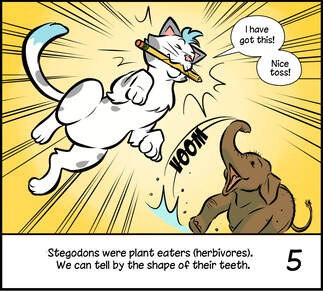 PreK: Focus on directionality.
Kindergarten: Focus on distinct vowel pairs.
Grade 2: Focus on facts.
Evaluating, tracking, and organizing!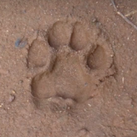 We'll be searching for many types of evidence on Mission: Tigers! This field research adventure will require students to think not only about the quantity of evidence but also the quality. Unlike calculating a relative abundance ratio as we did with kangaroos in Australia or carnivores and herbivores in Namibia, this hypothesis leaves a bit more room for interpretation. The answer may not be clear cut and we think that's AWESOME! This mission will push students to talk to each other and explain their reasoning. What evidence supports their position? Why might they consider some evidence more significant? Students can record individual thoughts and observations in their journals through writing, drawing and dictation. They might make short videos on classroom tablets. Ultimately, however, the group will need to come to a consensus. One student might be convinced that seeing scratch marks in one place means tigers are making HKK their home. A classmate might point out that one set of scratch marks could be made by a tiger passing though, but if there are scratch marks AND spray it could be stronger evidence. Conversations like these are essential to the process of science! Your students will essentially be engaged in peer review.
|
Details
Meet Beth and Curtis!Presidential Award-Winning teacher and hula hoop fanatic, Beth loves bringing real world science to kids! Beth is fascinated by engineering challenges, technology, and outdoor learning spaces. After 25 years teaching kindergarten, she’s excited to share her passion and experience on-line with classrooms from around the world! Archives
May 2021
Categories
All
|
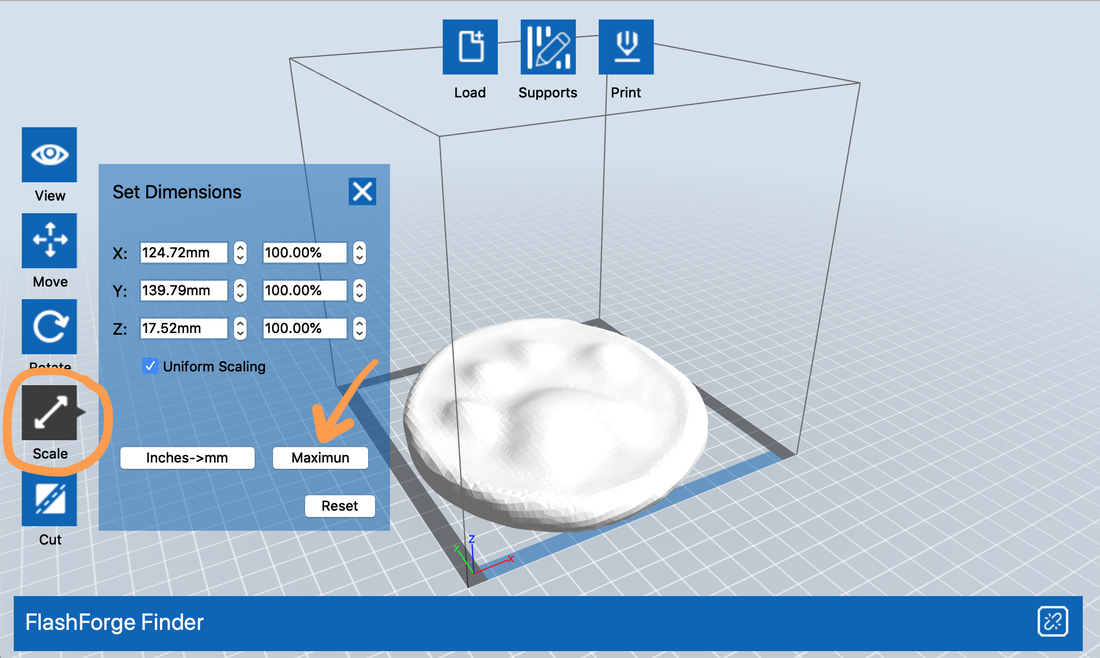
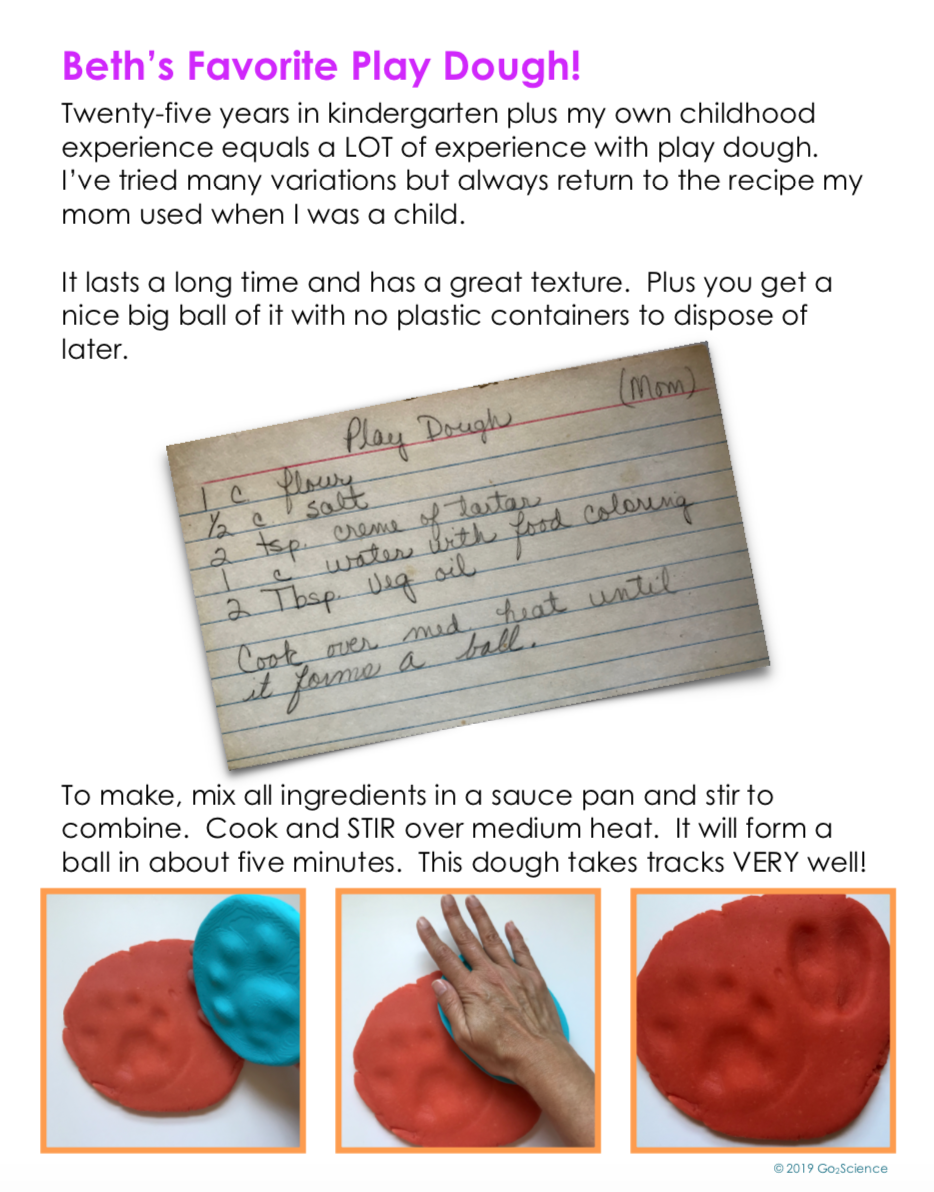
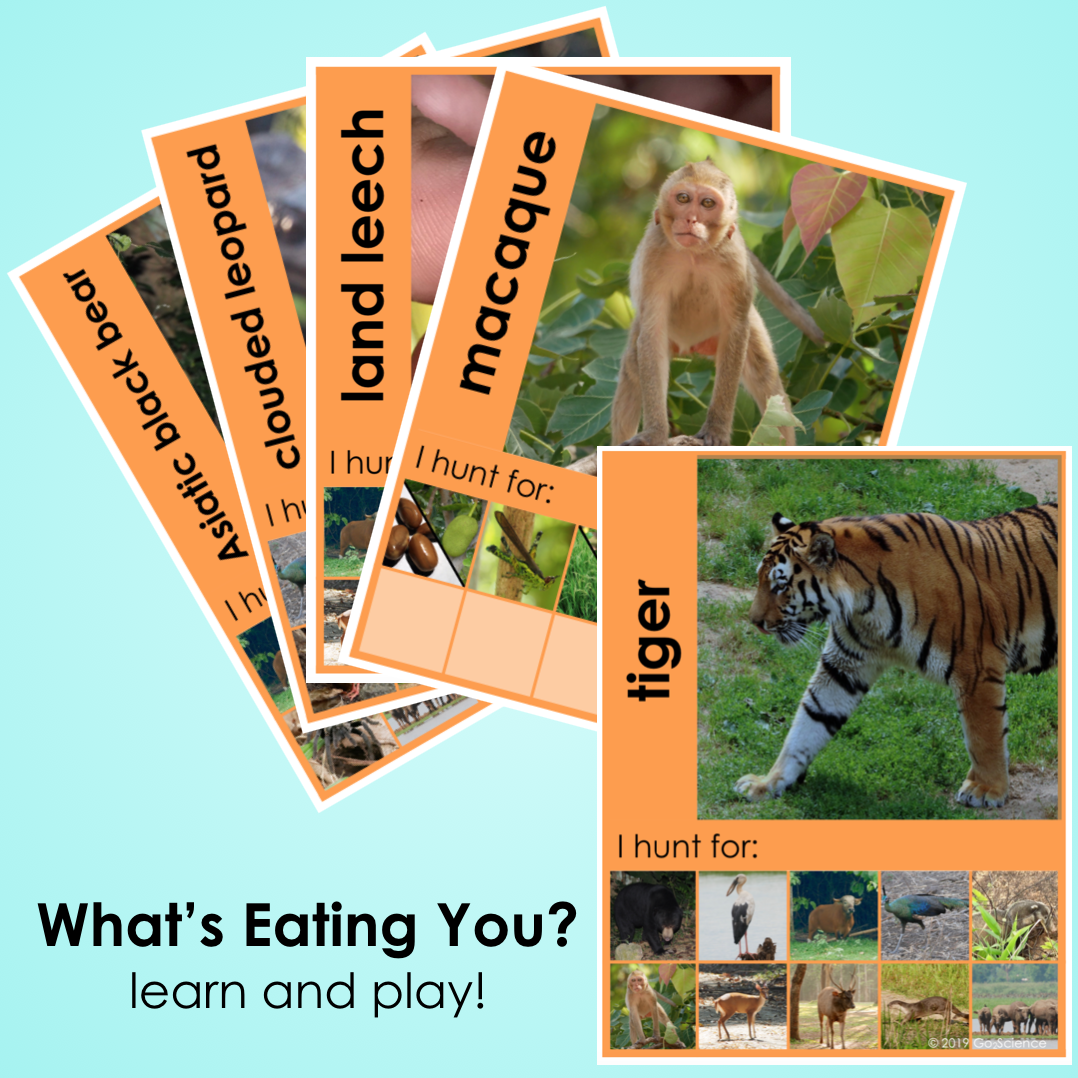
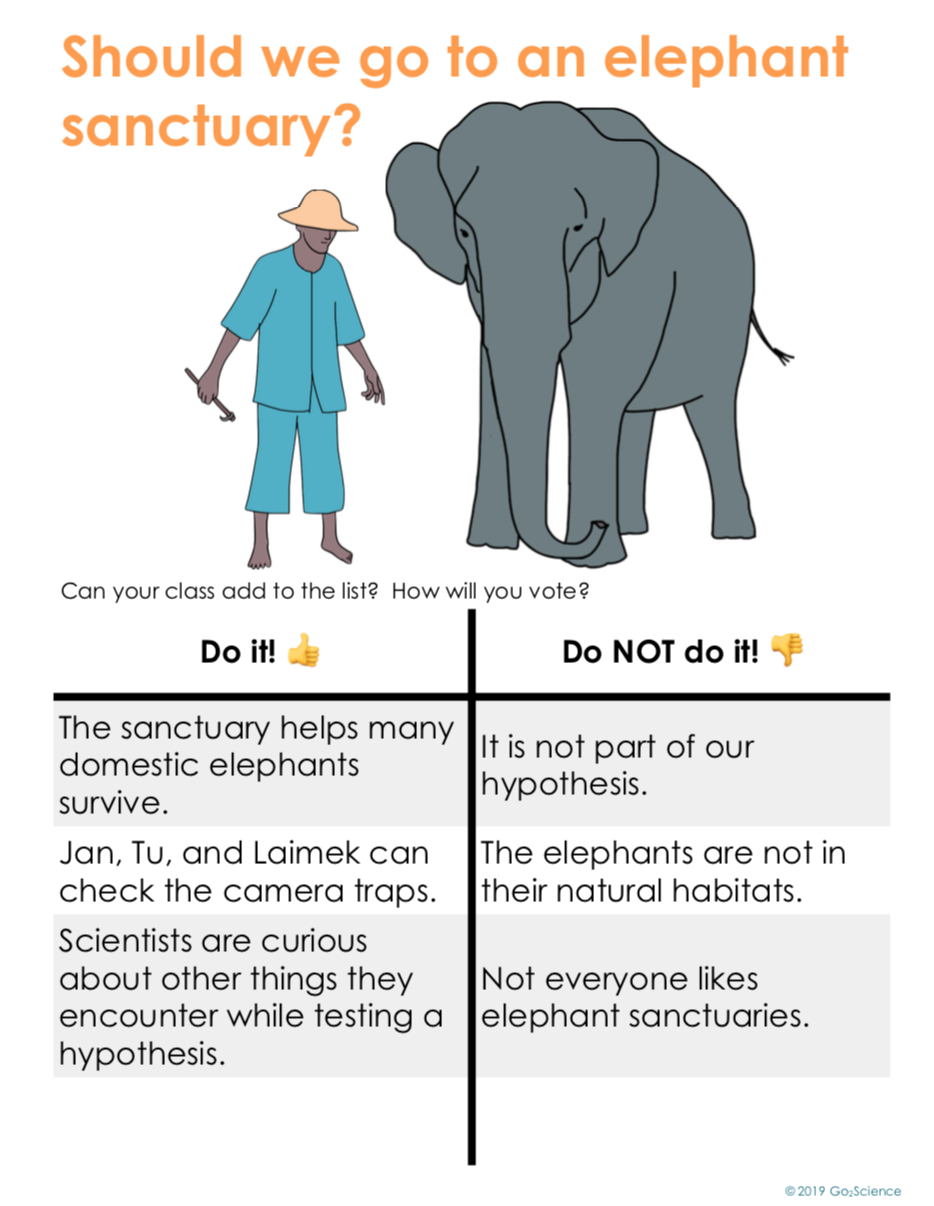
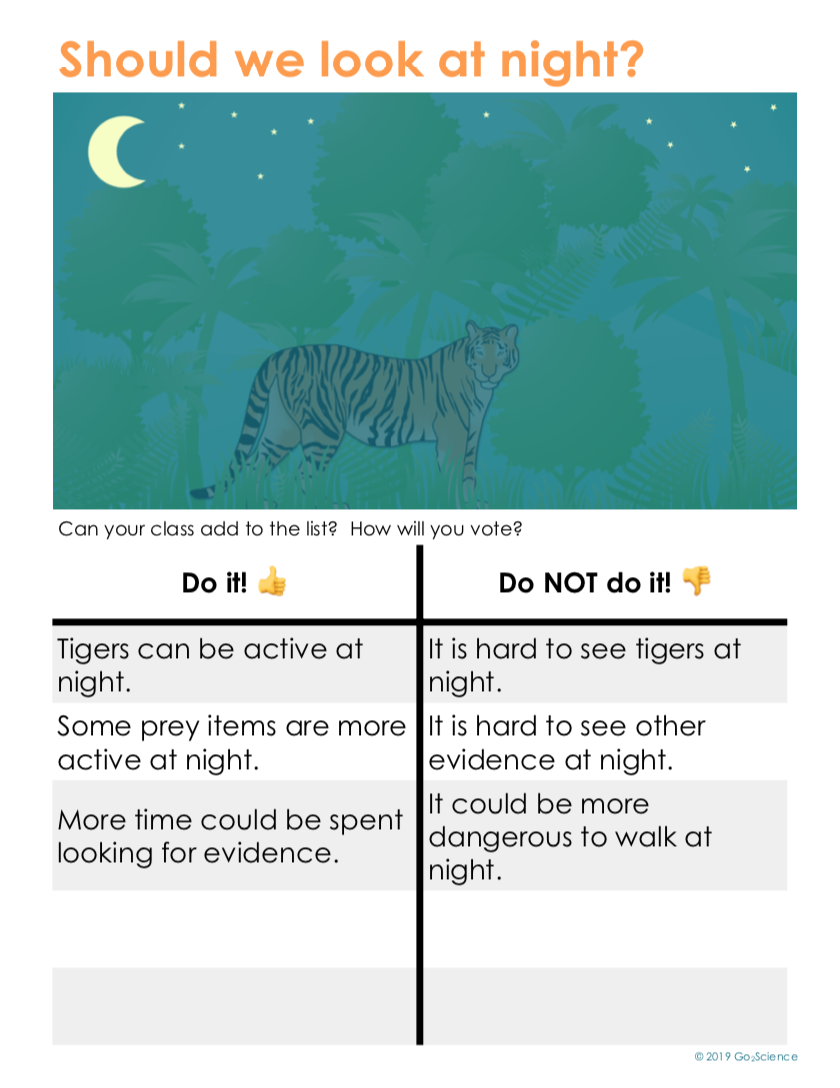
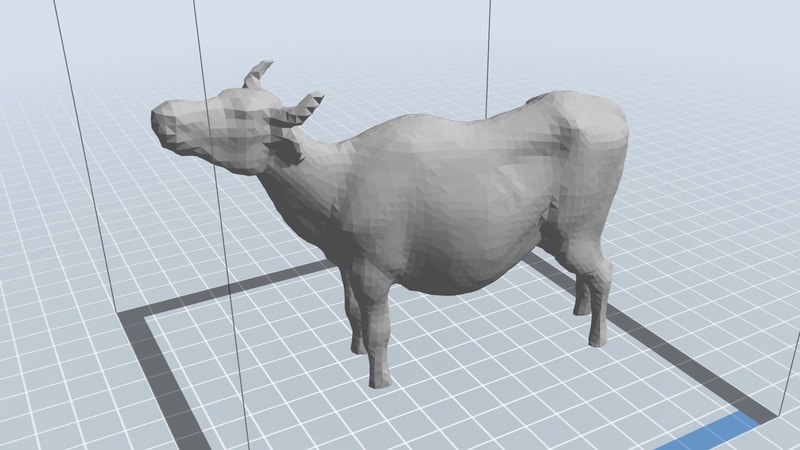
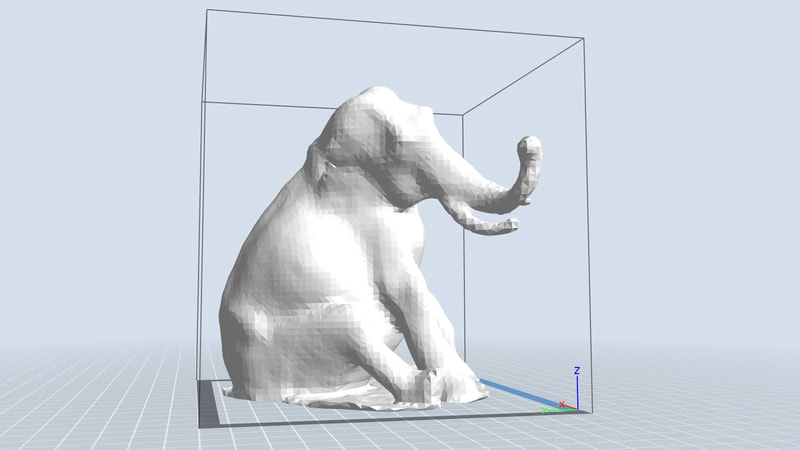
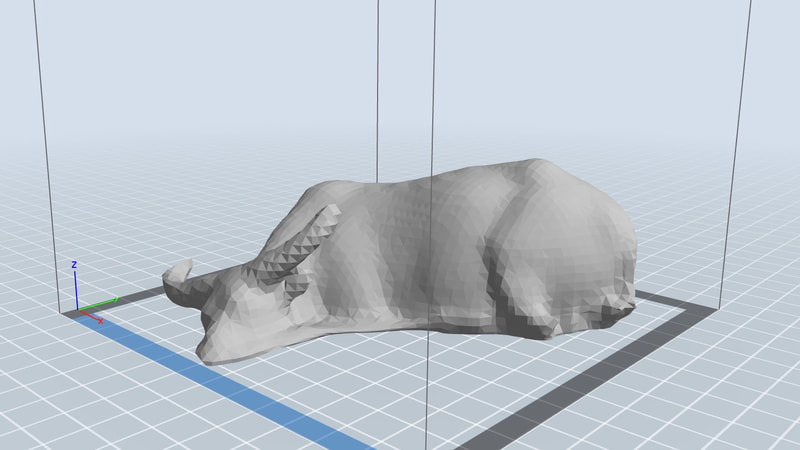
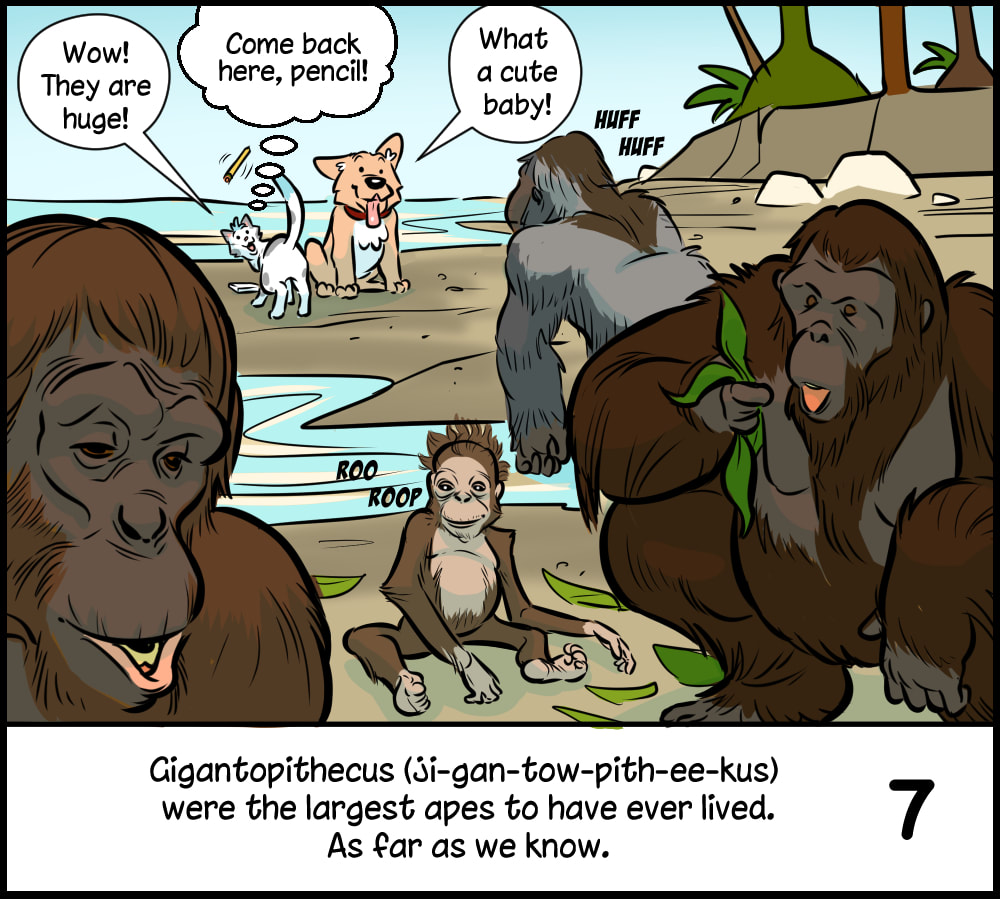
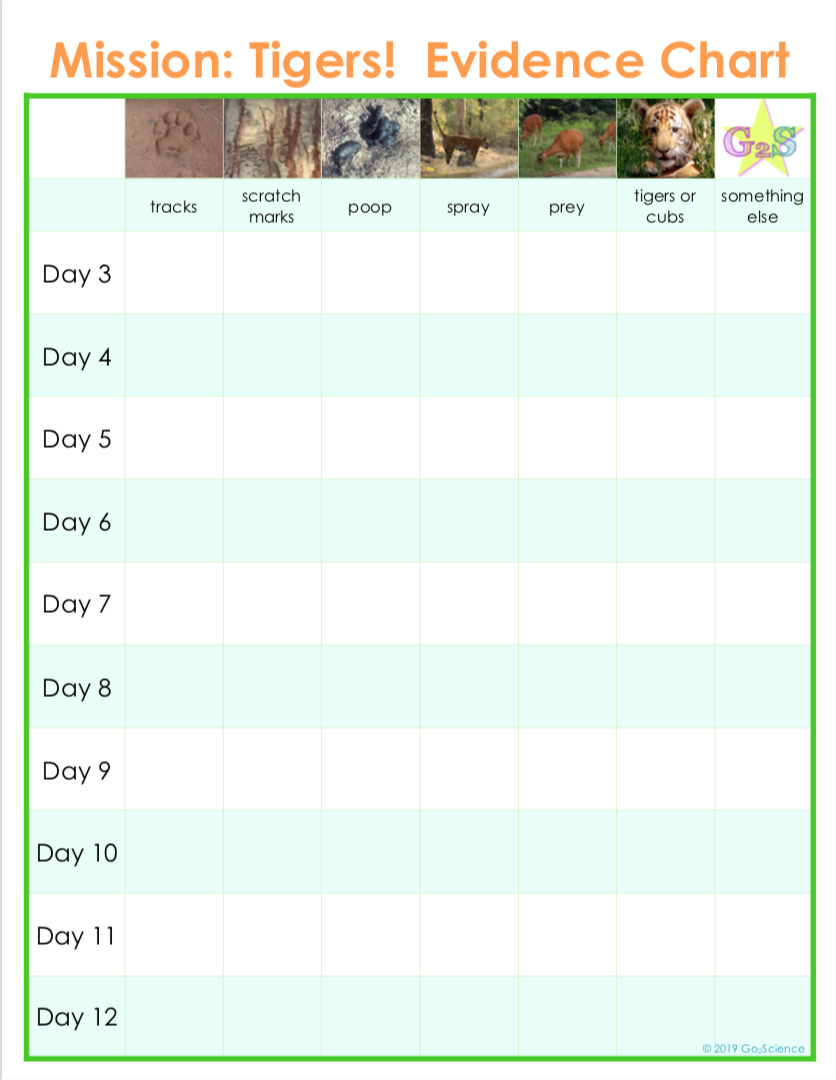
 RSS Feed
RSS Feed
